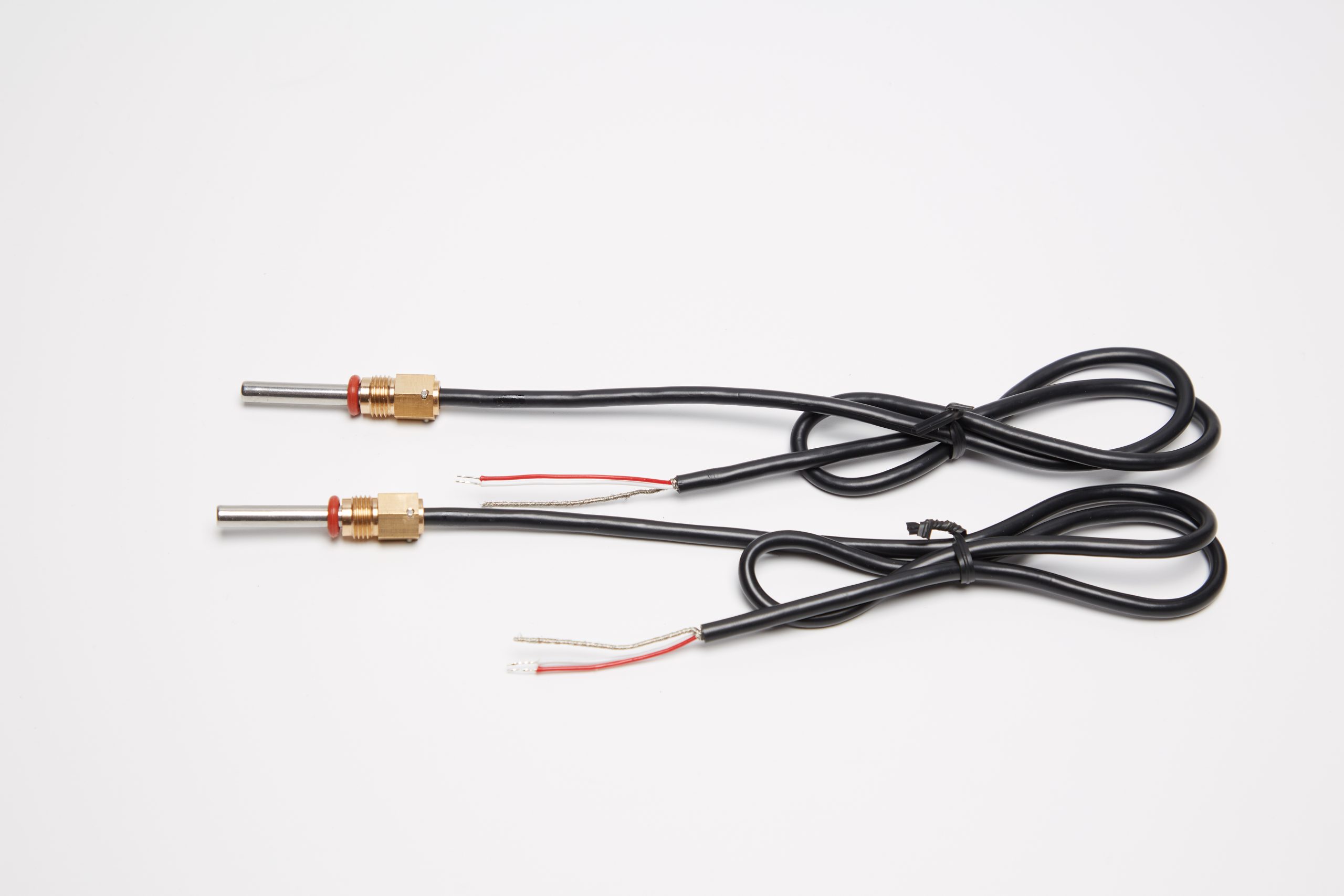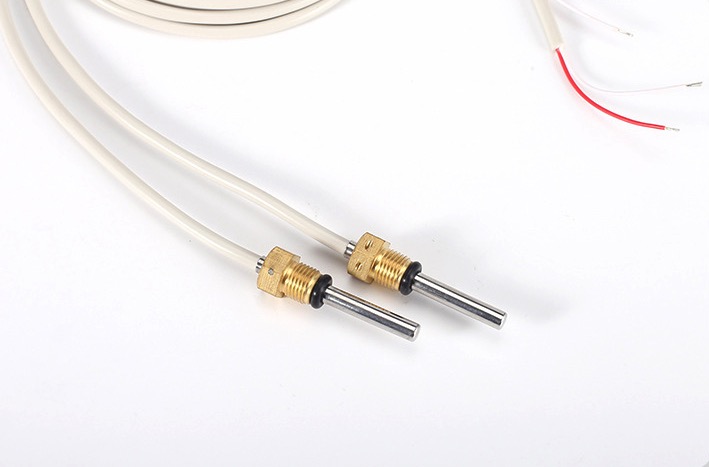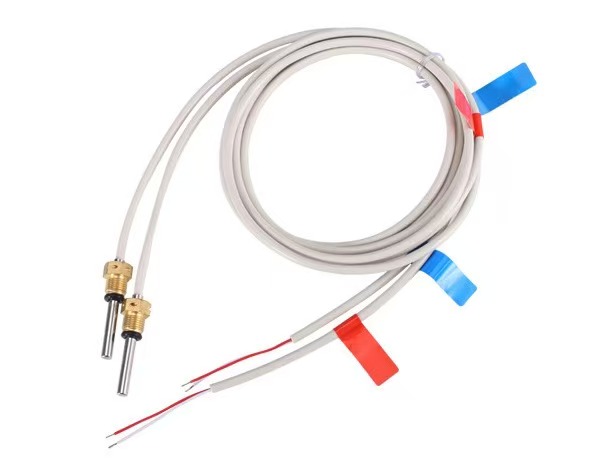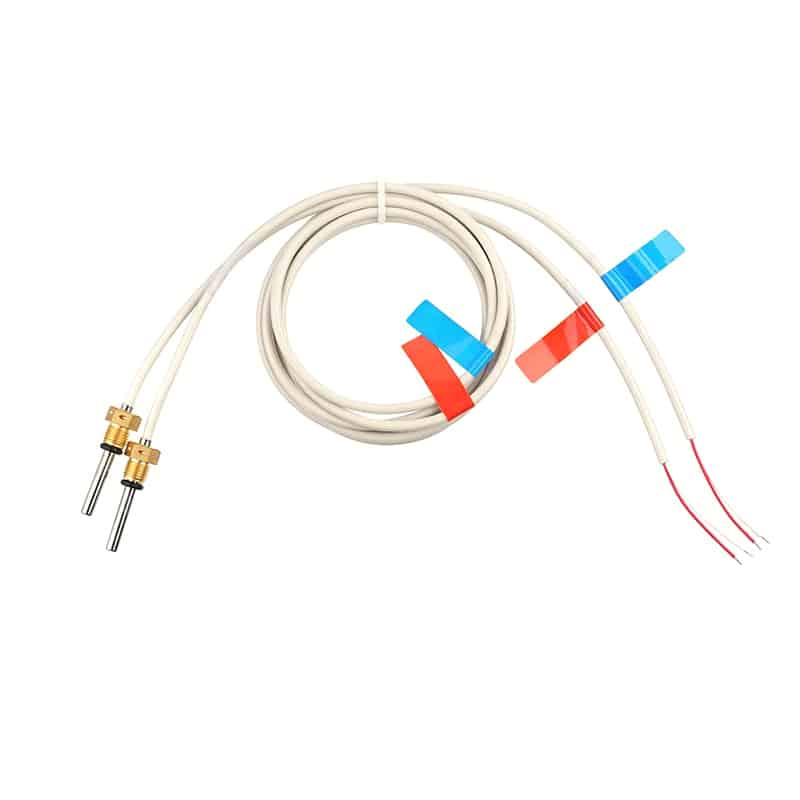Soil Temperature Sensor: Enhancing Crop Growth and Precision Agriculture
Abstract:
This article explores the significance of soil temperature sensors in optimizing crop growth and promoting precision agriculture. We will delve into the benefits, working principles, and key considerations when using these sensors. From improving seed germination to efficient irrigation management, soil temperature sensors are indispensable tools for modern-day farming practices.
Table of Contents:
1. Introduction
2. Importance of Soil Temperature in Crop Growth
3. Working Principles of Soil Temperature Sensors
4. Types of Soil Temperature Sensors
4.1 Thermocouple Sensors
4.2 Resistance Temperature Detectors (RTDs)
4.3 Thermistors
5. Integration of Soil Temperature Sensors in Precision Agriculture
5.1 Irrigation Management
5.2 Seed Germination Optimization
5.3 Disease Prevention
6. Installation and Placement Considerations
7. Data Collection and Analysis
8. Future Trends in Soil Temperature Sensing Technology
9. Conclusion
1. Introduction
In the world of agriculture, the use of innovative technology has revolutionized farming practices. One such technological advancement is the utilization of soil temperature sensors. These devices provide real-time and accurate measurements of soil temperature, enabling farmers to make informed decisions and optimize crop growth.
2. Importance of Soil Temperature in Crop Growth
Soil temperature plays a vital role in determining the growth and development of crops. Different crops have specific temperature requirements for optimal germination, root growth, nutrient absorption, and overall productivity. By monitoring soil temperature, farmers can ensure that their crops are cultivated under ideal conditions, increasing yields and reducing the risk of crop failure.
3. Working Principles of Soil Temperature Sensors
So how do soil temperature sensors work? These sensors are designed to measure the temperature of the soil at various depths. They consist of a temperature probe, which is inserted into the ground, and a data logger that records and stores the temperature readings. The data can then be analyzed to make informed decisions regarding irrigation, fertilization, and other agronomic practices.
4. Types of Soil Temperature Sensors
There are several types of soil temperature sensors available, each with its own advantages and limitations. Let’s explore some of the commonly used sensors in precision agriculture:
4.1 Thermocouple Sensors
Thermocouples are based on the principle of thermoelectric effect. They consist of two dissimilar metal wires joined at one end. When there is a temperature difference between the junctions of the wires, a voltage is generated. This voltage is directly proportional to the temperature and can be measured by the sensor.
4.2 Resistance Temperature Detectors (RTDs)
RTDs are made of pure metals or metal alloys with a known resistance-temperature relationship. As the temperature changes, the resistance of the sensor changes accordingly. By measuring the resistance, the soil temperature can be determined accurately.
4.3 Thermistors
Thermistors are temperature-sensitive resistors that exhibit a large change in resistance with temperature. They are often made of semiconductor materials and are widely used due to their small size, fast response time, and high sensitivity.
5. Integration of Soil Temperature Sensors in Precision Agriculture
The use of soil temperature sensors goes beyond mere temperature monitoring. Let’s explore how these sensors can be integrated into precision agriculture practices:
5.1 Irrigation Management
Accurate knowledge of soil temperature helps in optimizing irrigation schedules. Different crops have different water requirements at various growth stages. By monitoring soil temperature, farmers can determine the appropriate timing and amount of irrigation, ensuring efficient water usage and preventing water stress.
5.2 Seed Germination Optimization
Seeds require specific temperature ranges for successful germination. By monitoring soil temperature, farmers can ensure that the optimal temperature conditions are maintained, promoting uniform and rapid germination. This leads to healthier plants and higher yields.
5.3 Disease Prevention
Certain plant diseases thrive under specific temperature conditions. By monitoring soil temperature, farmers can identify potential disease outbreaks and take preventive measures promptly. Early detection and appropriate actions can save crops from devastating diseases and reduce the need for excessive pesticide use.
6. Installation and Placement Considerations
To ensure accurate readings, proper installation and placement of soil temperature sensors are essential. The depth at which the sensors are installed should reflect the root zone of the crops. Additionally, sensors should be placed away from direct sunlight and other heat sources to avoid erroneous readings.
7. Data Collection and Analysis
Collecting and analyzing data from soil temperature sensors is crucial for making informed decisions. Data loggers can store temperature readings at regular intervals, allowing farmers to track temperature trends and patterns over time. This data can be visualized and analyzed using specialized software, enabling farmers to optimize farming practices and maximize crop yields.
8. Future Trends in Soil Temperature Sensing Technology
As technology continues to advance, soil temperature sensing technology is expected to evolve further. Some promising future trends include wireless sensor networks, remote monitoring capabilities, and integration with other agricultural systems such as weather stations and automated irrigation systems. These advancements will further enhance precision agriculture practices and contribute to sustainable and efficient farming.
9. Conclusion
Soil temperature sensors are indispensable tools in modern agriculture. By providing real-time and accurate temperature data, these sensors enable farmers to optimize crop growth, improve irrigation management, and prevent diseases. As farmers embrace precision agriculture practices, the integration of soil temperature sensors will continue to play a crucial role in maximizing yields and ensuring sustainable farming for years to come.

What Makes PT Sensors Manufacturer Solutions Stand Out in Heat Meter Applications
Introduction: PT sensors for heat meters offer ±0.1°C accuracy, customizable designs, automated quality control, and compliance with CJ 128-2007 and EN 1434 standards for reliable thermal measurement. In a




